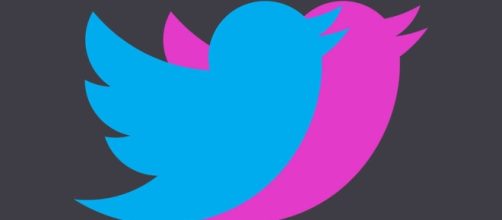According to the financial results of its latest fiscal report, the social networking site Twitter has the same number of active users three months ago (320 million a month), something that the company had been trying to avoid with a series of changes that did not achieve the expected success. But Jack Dorsey's company has come up with a strong competitor. It's called Mastodon and it's coming on.
"Mastodon is a free and open social network, a decentralized alternative to commercial platforms," the new competitor's website says. "Choose the server you want and you can interact with everyone.
Anyone can have their own Mastodon and participate in the social network equally," they add. But it has many similarities with Twitter (and some differences).
'Less publicity, more privacy'
For example, Mastodon allows you to use more characters, promises less space for abuse, less publicity, and better privacy tools. These are its main characteristics, according to its creators:
- Chronological Timeline and public profile
- 500 characters per publication
- Ability to send animated GIFs and short videos
- Privacy Options
- Tools like lock and mute
- Ethical design: no ads or tracking
- Open for applications and services
Mastodon was created by the German software developer Eugen Rochko (who is, by the way, an active Twitter user).
Rochko decided to give life to his project when Twitter installed a new algorithm that prevented the tweets from happening in chronological order, something that defined the nature of the application.
TweetDeck interface?
"The Mastodon interface reminds the TweetDeck application and you can write short stories," says Rochko. "But one of the main differences with Twitter is that users are distributed in separate and different communities, but they remain united in their ability to interact with each other and establish connections," he explains.
He also said that Mastodon is a free and open source software which provides a better user experience and there is also a 500-character limit for each post whereas Twitter has a limit of 140-characters.
As with Twitter, you can include emojis or photos/videos. Each post can be configured for confidentiality (public, private or direct message) and content warnings (the body of the post is hidden). This gives more freedom for the user to express his thoughts on the platform and also allow for more nuanced conversations.

